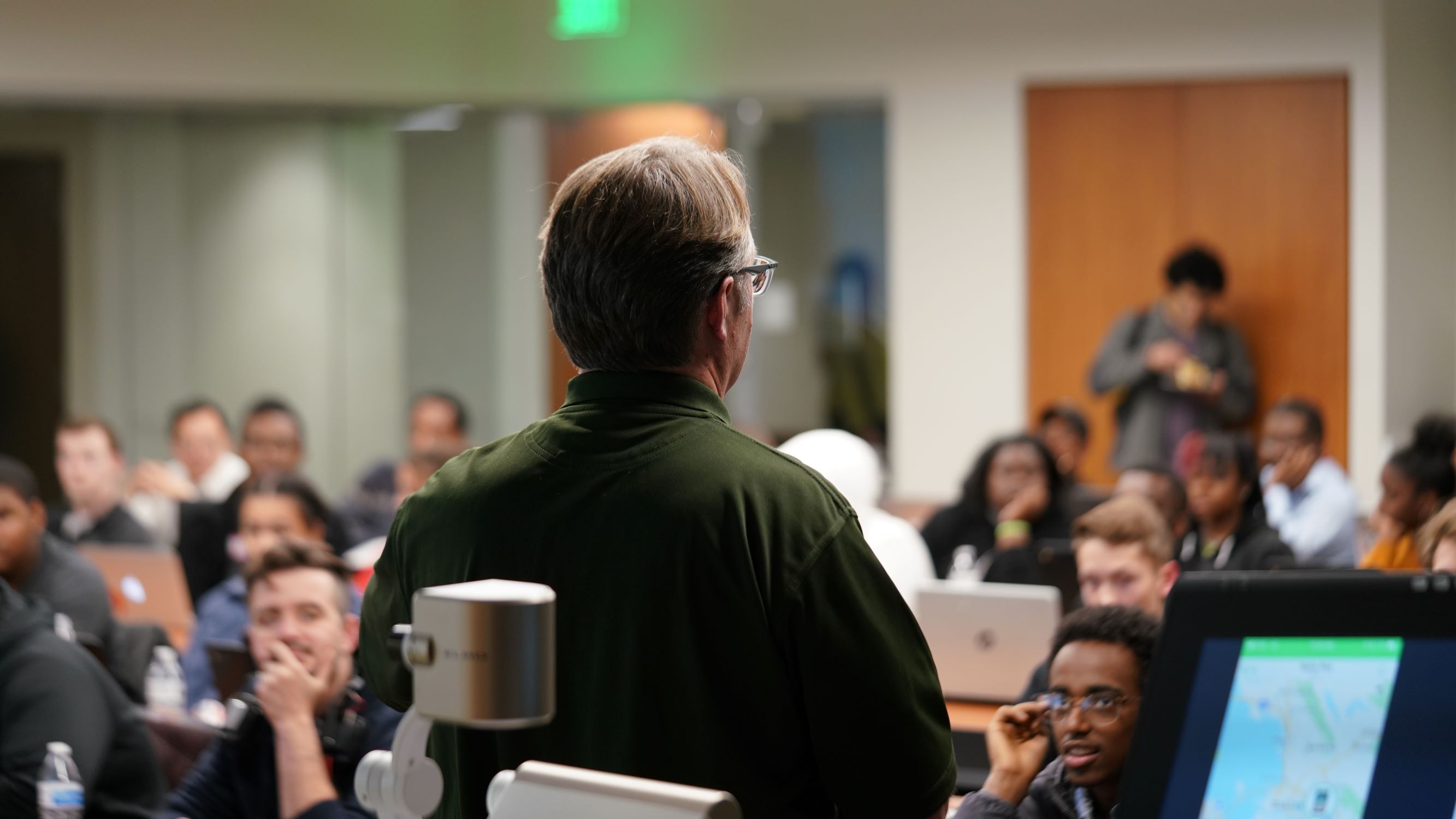 When I get one of those emails inviting me to bring a team to a conference. I admit it. I get excited. I like taking a staff of people to an inspiring event.
When I get one of those emails inviting me to bring a team to a conference. I admit it. I get excited. I like taking a staff of people to an inspiring event.
But is inspiration the only thing you’re suppose to bring home from a conference?
In this podcast I share How to get the most from a conference with you staff.
Click to Listen
Podcast: Play in new window | Download (12.7MB)
I talk about breaking the Discover-Apply-Failure-Reflect Cycle that often happens after conferences.
I share my conference mentality: “Conferences are like school or church services, there’s benefit to learning but the real benefit comes from living what you’ve learned.”
3 Engagements that Help Get the Most from a Conference
1. Engage expectations before the conference.
I recommend having a conversation with your staff before going to a conference. What you want to do in this pre-conference conversation is engage expectations.
You do this by asking each person, “What do you hope to gain from this conference?”
Also, share your expectations as the leader.
When people attend conferences looking for general improvements, they tend to think to broadly about the conference material. And If everything is important, then nothing is important.
By clarifying expectations before conference you and your team are set up to be intentional attenders.
2. Engage conversations while at the conference.
Two ways to engage in conversation at the conference.
A. Remember expressed expectations
Partner with your people while at the conference regarding their expressed expectations.
B. Schedule a group meeting during the conference
All people an opportunity to share in real-time what they are learning at the conference.
3. Engage discussion after the conference.
Once a conference is over and everyone is back to work, its time to close the loop on the learning process.
Two approaches:
1. Debriefing
Set a date to debrief with your team. It’s best if you can make that date known before going to the conference.
It’s important to hear what people are thinking now that they are back in the daily grind.
2. Follow Up Discussions
This is so important. If you go silent after the debriefing, your people won’t know what your thinking.
Once the follow-up discussions have happened make the call or empower leaders to implement the changes.







